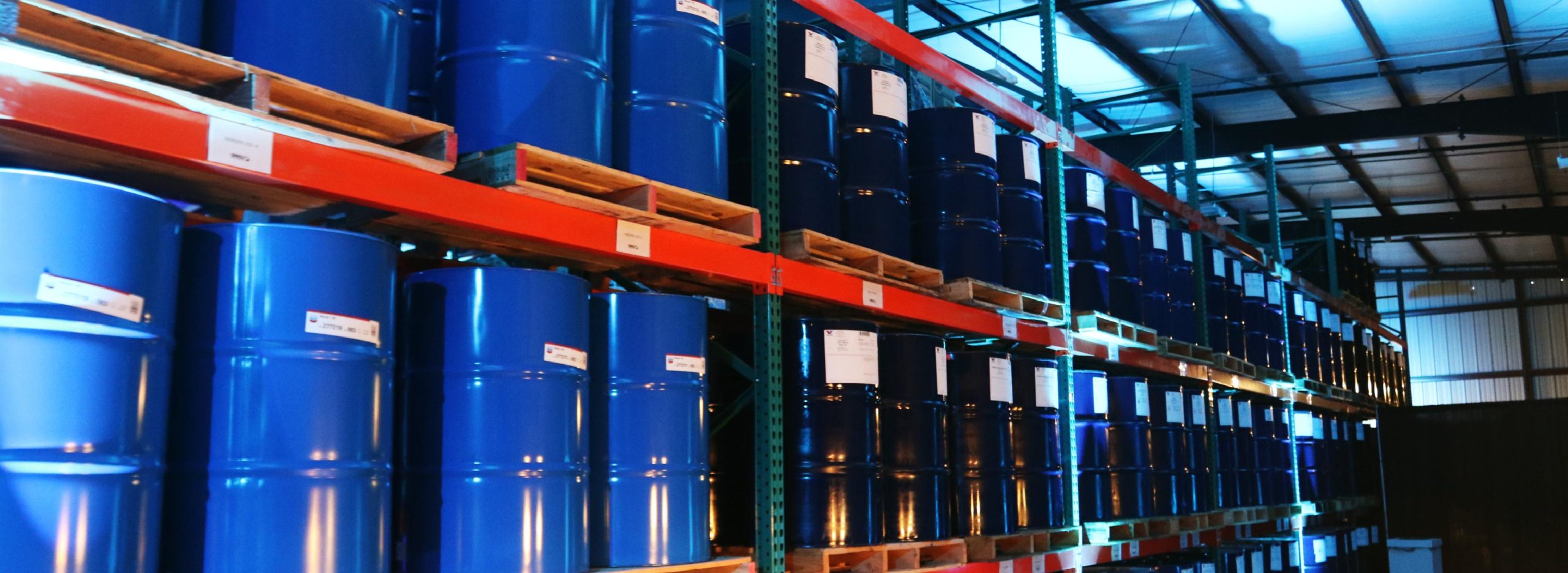Small business owners know that every penny counts, especially now. Increasing fuel prices, supply chain issues, and the economic recovery from COVID-19 are all big problems. That’s a lot to worry about. The reliability of your fleet and equipment should not be another problem to fret over.
There’s nothing more annoying than preventable equipment breakdowns. As a fuel and lubricant supplier, we work hard to ensure our customers have the supplies they need to protect their equipment and keep it in good working condition. But we can only provide the lubrication supplies that you need. So it’s up to you to establish a lubrication program that will protect your equipment and prevent maintenance issues.
Choose the right supplies to get the best return on your equipment investment
Our ordering team can offer expert recommendations based on your equipment and working conditions. When you choose lubricant supplies that meet the proper viscosity and performance needs, you can expect increased reliability. The Institute of Mechanical Engineers found that “for every $1,000…organizations invest in the right lubricant and the right handling, they can expect reductions of $40,000 in the form of increased reliability.” That’s a pretty great return on investment! Ask your sales representative for their lubricant recommendations. Our team is always on top of the latest lubricant trends and technologies.
Cut back on contamination
Choosing the right lubricant supplies is the first step, but keeping your lubricant supplies fresh and contamination-free is the next step. Contamination is a huge issue. According to Noria, “82% of mechanical wear is caused by particle contamination in lubricants.” The leading causes of contamination are dirt, water, varnishes, and gases. Microscopic contamination is hard to detect and avoid. It happens so quickly. That’s one of the reasons we love recommending Chevron ISOCLEAN products because they come as clean as possible out of the container. But, even the most sterile products can still be contained without proper handling and storage practices.
Establish a lubricant storage and handling program
We follow rigorous protocols to ensure that our inventory is kept clean and safe before it is delivered to your business. But once it’s in your hands, it’s up to you to establish a lubrication handling program. We recommend following the 5S’s of lubricant storage. You can read more about them in our previous blog, but here is a quick overview.
- Sort: Keep a dedicated, organized, labeled lubricant storage room.
- Straighten: Establish protocols to keep everything in its place and ensure easy access and rotation of supplies, so things stay fresh.
- Shine: Keep your storage space clean with established cleaning protocols.
- Standardize: Implement signage and training protocols, so your storage and handling procedures are standardized for everyone’s use.
- Sustain: Maintain a schedule of cleaning and rotation duties that is sustainable for your company.
If you follow the 5S storage and handling system for your lubricant supplies, you should be able to cut back on contamination issues, so your supplies stay fresh.
Choose a maintenance approach
A good fleet manager knows that you don’t just wait for your equipment to break down before fixing it. Instead, you implement an approach to keep your equipment in good working condition and prevent equipment breakdowns. There are plenty of theories on how to do this, but there are two we’d like to mention that can help.
- Condition Based Maintenance (CBM)
The theory behind CBM maintenance is to monitor the state of the equipment and perform maintenance when there are indicators of decreased performance. With careful monitoring involving visual inspections, measurements, and scheduled tests, you should avoid catastrophic equipment breakdowns and stay on top of your equipment maintenance. It’s a preventative approach that takes into account how you use your equipment and its current condition.Our oil and lubricant analysis program can be beneficial if you decide to adopt at CBM maintenance approach. When you sign up for this program, you’ll take regular oil and fluid samples from your equipment to send to an analysis lab. They will analyze your samples for various factors and send personalized recommendations back to you to help keep your equipment in good working order. This testing is right in line with the CBM maintenance theory and can be a worthy investment to protect your equipment and improve reliability.
- Preventive and Planned Maintenance
As great as it would be to establish testing and alert protocols for a CBM maintenance approach, we recognize that might not be the easiest route for all business owners. It may be too expensive or time-consuming to implement or could lead to inconvenient equipment downtime. Some business owners opt for a preventative or planned maintenance theory or approach.Using this approach, you may plan for equipment repairs and maintenance during slow work seasons. Conversely, this approach can be beneficial if you have busier work seasons. Many agricultural or construction-based customers like this approach because it allows them to keep their equipment working during their busy season and then perform preventative maintenance during their off-season.
Choose the approach that’s best for you
There is no one size fits all maintenance theory approach. You may combine methods to make something that’s custom for your business’s needs. The goal of choosing a maintenance approach is to get the best return on investment for your equipment. If you want to keep your equipment in good working order, you need two things: the right lubricants and the proper maintenance plan. With these two elements, you can save money and keep your equipment in good working condition.
As your lubricants supplier, our role is to help you find the right lubricant supplier and to give suggestions for keeping those supplies fresh. If you want our expert advice, talk to your Greg’s Petroleum Service sales representative today. Together we’ll come up with a plan that will help you get the most out of your equipment so you can keep working!
